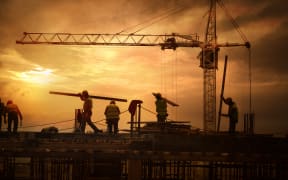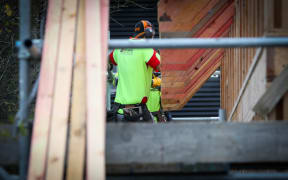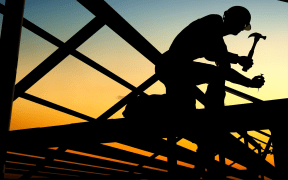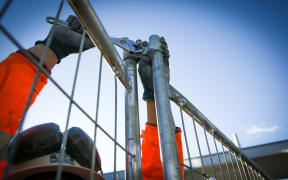Analysis - A reality TV show offers clues to what's wrong with New Zealand's building industry.

Photo: Rawpixel Ltd.
Grand Designs makes for great television: Brave people with great vision for creating wonderful spaces coming unstuck virtually every week.
With the regularity of groundhog day, the camera catches home owners' costs heading north as the conditions on the building site, and at the bank, head south.
They almost always react as if they never saw it coming. Did they never watch a previous episode, before they signed up for their own?
The combination of unwarranted optimism and short memory is proving painful here, too.
New Zealand contractors are speaking up about taking on too much risk: Ministers have this week agreed the government should shoulder more of it on public projects.
In an ironic local twist on designs that are 'grand', New Zealanders are instead inclined to aim cheap, then pay through the nose for it later, when things go wrong. The Construction Strategy Group and Master Builders have both pointed this out.
These and other groups are having a say in the search for solutions; some advocate taking a long view, and a wide view, in that search.
An historian of building regulation at Victoria University, Nigel Isaacs, suggests the industry jog its memory with a quick flick through the 20 recommendations of the Hunn report.
Put out in 2002 at the height of the leaky building crisis, the report reads as if it were written yesterday - mostly because most of the same problems remain, Dr Isaacs said.
About every 30 years the Building Code has needed an overhaul, and time is up, he said.
"Maybe now is the time to ask if the Building Code really is fit for purpose, because when it was written in 1991 the prevailing philosophy was that the market would sort it out, and that hasn't worked."
The government, though, has confirmed it is not reviewing the code, beyond tweaking it via "continuous scrutiny".
Another place to look for history lessons is Middlemore Hospital, which has multiple buildings that are leaky, earthquake prone or have asbestos.
Four of its leakiest buildings are now widely recognised as having been built to a cheap template between 1999 and 2006.
David Clarke, an ex-engineer, was the hospital's chief executive for the early part of that period. He's quoted in a NZ Herald report back then saying he wasn't prepared to wait for the government to come up with the money for new buildings, but was taking a faster track.
When RNZ asked Mr Clarke recently if the fast track had backfired, since the buildings haven't proved durable, he said it was "very unreasonable and unfair" for RNZ to ask him to remember something from "a quarter century ago".
"We had no misgivings at the time," he said. He didn't want to be interviewed further.
Others searching for solutions are suggesting a wide view.
Infrastructure New Zealand recently sent people to Texas to produce the report Enabling City Growth: Lessons from the USA , which details how it is that in Houston, you can buy a four-bedroom, two bathroom home on a 450 square metre section for $NZ290,000.
Houston doesn't leave it up to the market.
As for safety and quality, the World Bank says to take a look at Japan: If you want to live in a high-rise apartment anywhere in that country, you can be sure it has undergone rigorous engineering oversight because the Japanese have a centralised system to provide the necessary expertise to check it.
"Japan's approach to building safety has been repeatedly tested - and proven effective," (proven by repeated disasters, no less) the report says.
"Japan's unique path to improved building safety can be emulated," it adds.
In New Zealand, meanwhile, even the largest building consenting authority in the country, Auckland Council, is currently struggling off its own bat to come up with good enough checks and controls on the seismic steel being used in skyscrapers.
The UK has its share of building regulation problems, laid bare in the inquiry triggered by the Grenfell Tower fire in London a year ago.
However, it does at least have a building industry watchdog where engineers and others can raise the alarm anonymously about dodgy practices or products, without fear of losing business (this fear is what is most often cited when construction sources here tell me they can't speak up, even on issues of public safety).
A message emerges from these reports and experts for anyone with designs on trying to fix the building crisis: Look back, look around.






